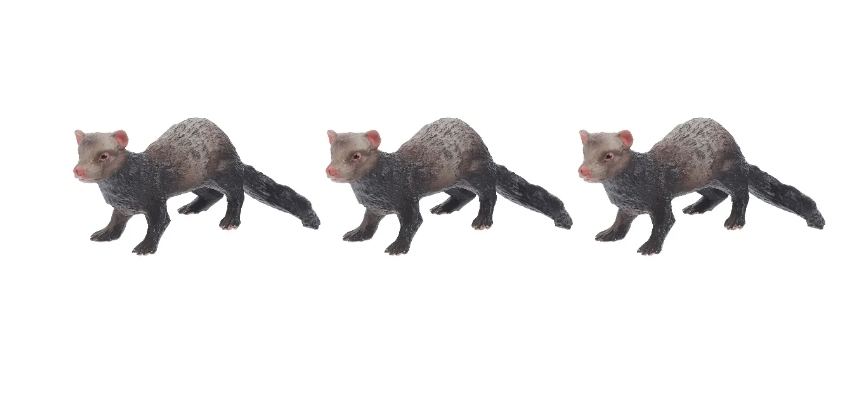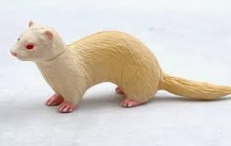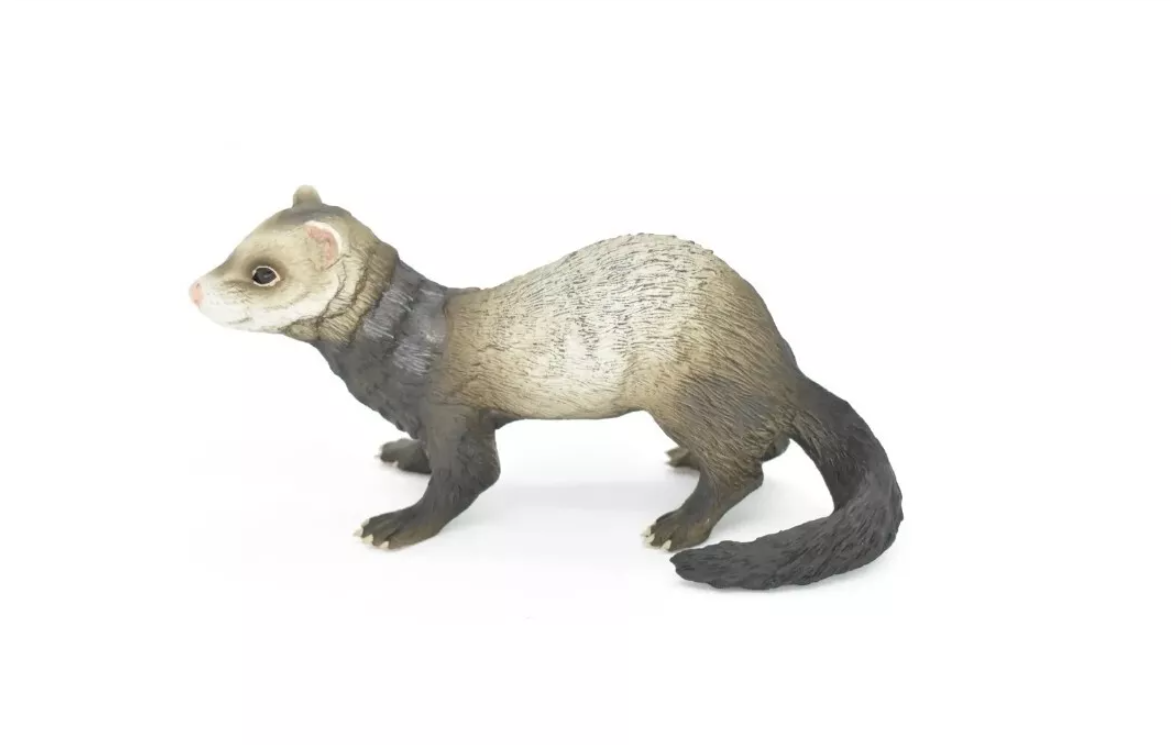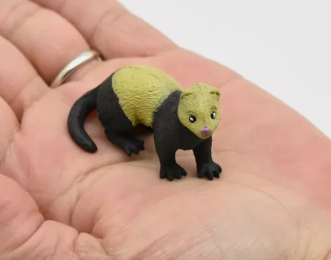Ferret is a common small mammal, with its clever and cute image and lively personality is loved by many people. As a biological model, ferret model not only has ornamental value, but also has a wide range of practical applications.
First, ferret models play an important role in the field of education. It can be used as a teaching tool in biology courses to help students understand the anatomy, living habits and ecological characteristics of ferrets. By observing the model, students can intuitively learn the physical characteristics and physiological structure of ferrets, thereby deepening their understanding of animal biology.
Second, ferret models are used in scientific research. Researchers can use these models to conduct behavioral and ecological experiments that explore ferrets' social behavior, hunting skills, and their role in the environment. This helps scientists better understand the complexity of ecosystems and animal adaptations.
In addition, ferret models are often used as a source of inspiration for artistic creation, and many artists will incorporate their forms and characteristics into their artworks, enriching the cultural creative market.
In short, ferret models are not only a tool for learning and research, but also an important element of artistic creation, with many aspects of value.




